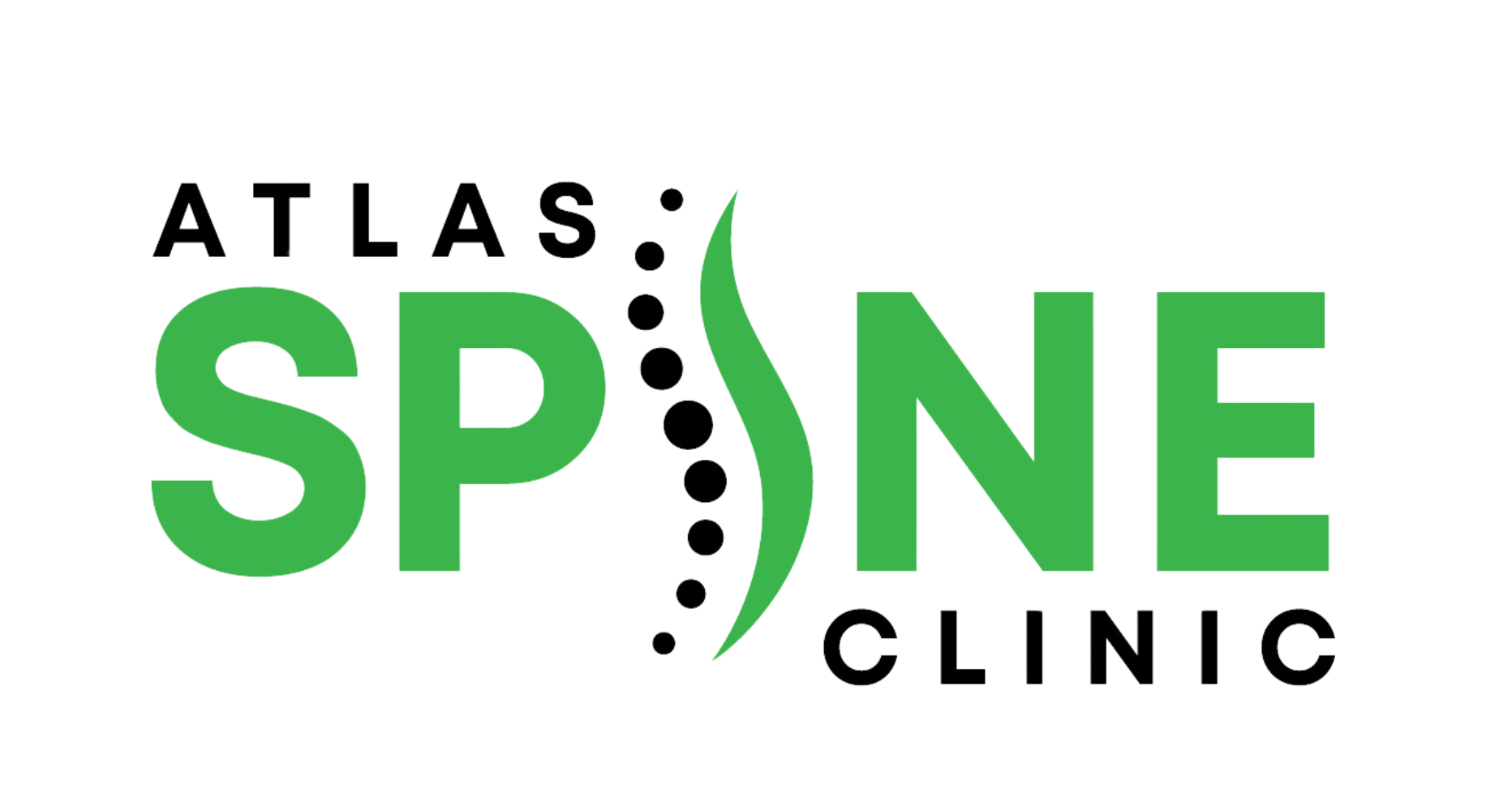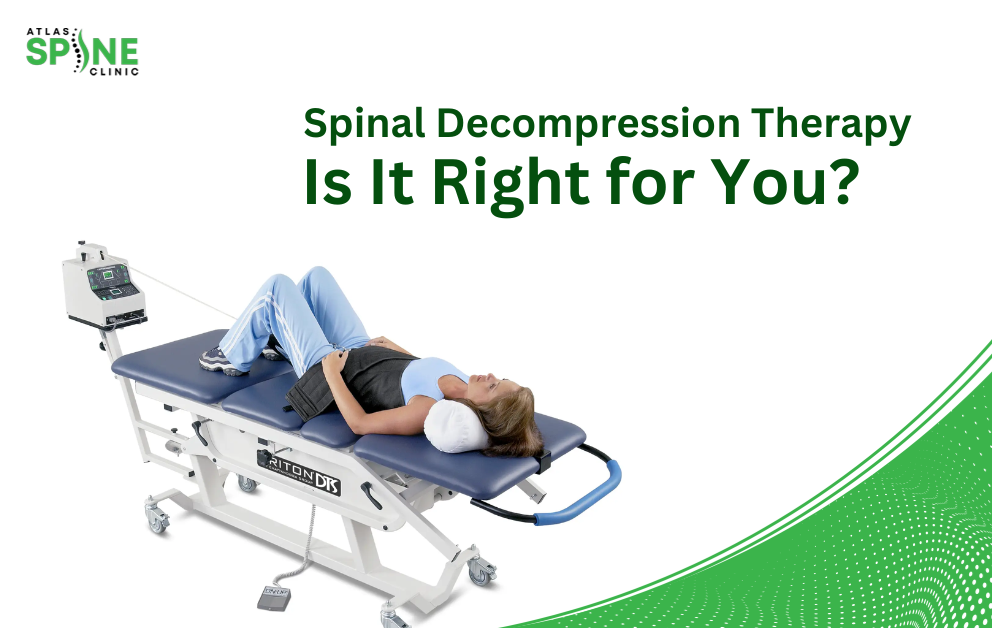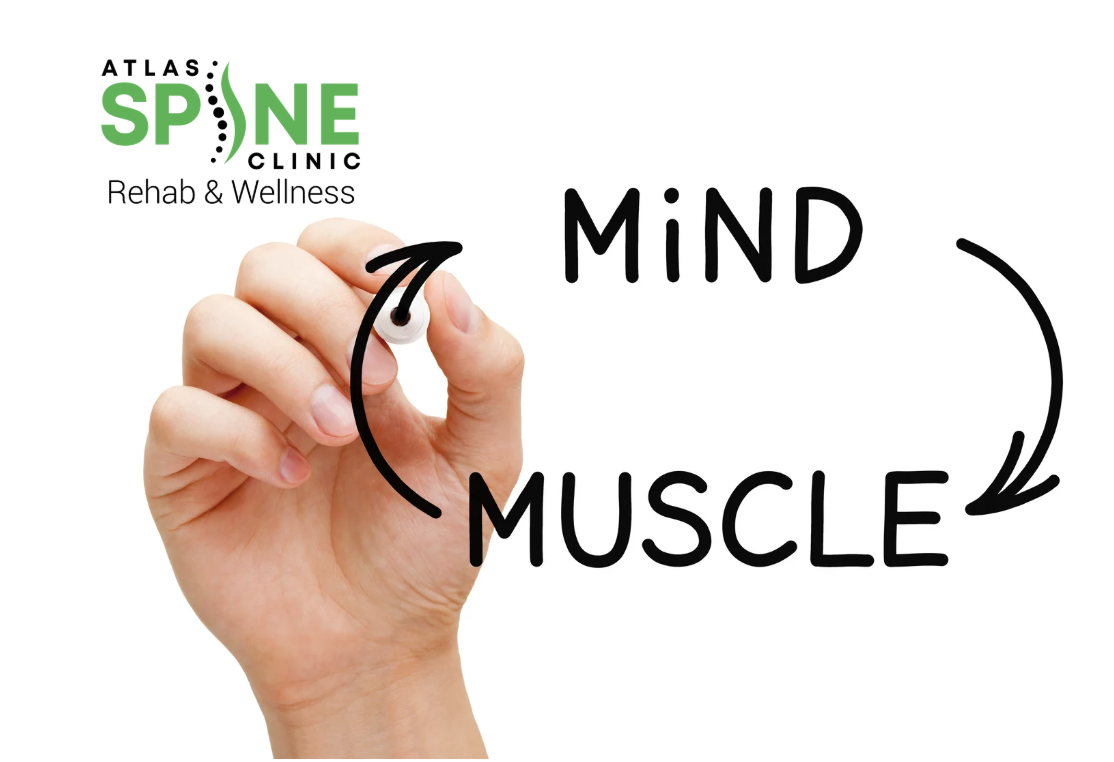Struggling with nagging back pain that just won’t go away? Whether it’s a dull ache or sharp discomfort shooting down your legs, spinal issues can take a toll on your daily life. Spinal Decompression Therapy is one treatment option that has gained attention for helping people with chronic back problems. However, does this align with what you’re looking for?
This therapy is often considered for conditions like herniated disc treatment, lower back pain relief, and sciatica pain therapy. Some opt for surgical spinal decompression, while others explore non-surgical spinal decompression as a gentler alternative. Understanding the process, risks, and benefits can help you make an informed decision.
What Is Surgical Spinal Decompression?
Surgical spinal decompression is a medical procedure designed to relieve pressure on the spine. It is typically recommended for individuals with severe nerve compression, spinal stenosis, or degenerative disc disease relief when non-invasive treatments have not been effective.
Common types of surgical spinal decompression include:
- Laminectomy – Removal of a small section of bone to create space and reduce nerve pressure.
- Discectomy – Removal of part of a damaged disc to alleviate pain caused by a herniated disc.
- Spinal fusion – A process of fusing multiple vertebrae to reinforce the spinal structure.
While surgery can offer long-term relief, it comes with risks such as infection, prolonged recovery time, and possible complications. That’s why many individuals consider non-invasive spinal decompression before taking the surgical route.
Why Do People Have Spinal Decompression Therapy?
People turn to Spinal Decompression Therapy for various reasons, particularly when dealing with persistent pain and mobility issues. Some of the most common reasons include:
- Chronic back or neck pain that doesn’t improve with medication or physical therapy.
- Compressed nerves cause numbness, tingling, or weakness in the legs or arms.
- Bulging disc therapy to ease pressure on the spinal discs and prevent further damage.
- Degenerative disc disease relief slows the progression of disc wear and tear.
- Sciatica pain therapy to reduce nerve pain radiating from the lower back down the leg.
For those who want to avoid surgery, chiropractic spinal decompression and other non-invasive methods provide an alternative path to relief.
How Is Nonsurgical Spinal Decompression Done?
Unlike surgical procedures, this is a gentle therapy that involves controlled spinal stretching. The treatment is typically performed using a motorized traction table designed to relieve pressure on the spinal discs.
Here’s how it works:
- The patient lies on a specialized table—either face-up or face-down, depending on the condition being treated.
- A harness is placed around the lower back or pelvis to secure the patient in place.
- The table gently stretches the spine, creating negative pressure within the discs.
- The decompression relieves pressure, allowing bulging or herniated discs to retract and promoting increased blood flow for healing.
This therapy is often combined with spinal traction therapy, physical therapy, or other treatments to enhance results. Sessions usually last between 30 to 45 minutes, and multiple treatments are typically needed for lasting benefits.
Who Should Not Have Nonsurgical Spinal Decompression?
While spinal decompression therapy can be highly effective, it’s not suitable for everyone. Certain medical conditions and risk factors may make this treatment unsafe, including:
- Pregnancy – The stretching motion may put unnecessary strain on the body.
- Fractures or spinal instability – If the spine is not stable, decompression could lead to further complications.
- Severe osteoporosis – Weak bones may not withstand the pressure changes involved in the therapy.
- Metal implants in the spine – Certain surgical implants or fusions can interfere with treatment.
- Spinal infections or tumors – These conditions require specialized medical care rather than decompression therapy.
A proper evaluation by a healthcare professional is crucial before starting chiropractic spinal decompression or any other spinal therapy.
Are There Different Types of Spinal Decompression Surgery?
Yes, there are several surgical options for spinal decompression, each addressing different conditions. Some of the most common include:
- Laminectomy – Removes part of the vertebra to relieve nerve compression.
- Discectomy – Targets damaged discs, often used in herniated disc treatment.
- Foraminotomy – Expands the spaces where nerve roots exit the spine.
- Corpectomy – Removes part of the vertebra and disc to relieve extreme pressure.
Each procedure varies in complexity and recovery time, so choosing the right approach depends on the severity of the spinal issue and overall health condition.
What Are the Risks of Spinal Decompression Surgery?
As with any surgical procedure, spinal decompression surgery carries potential risks. Some of the most common concerns include:
- Infection – Any surgery involves a risk of infection, which may require additional treatment.
- Nerve damage – The spinal cord and surrounding nerves are delicate, and surgery poses a risk of accidental injury.
- Blood clots – Post-surgical immobility can sometimes lead to clot formation.
- Prolonged recovery – Healing time varies but can take weeks or months.
- Limited success rates – Not every patient experiences complete pain relief, and in some cases, symptoms may persist.
Because of these risks, many individuals explore non-invasive spine therapy and chiropractic spinal decompression before considering surgery.
Wrapping Up
Deciding whether spinal decompression therapy is right for you depends on the severity of your condition, your pain levels, and your treatment goals. While non-surgical spinal therapy offers a low-risk way to relieve pressure and improve mobility, some cases may require surgical intervention.
It’s always best to consult with a healthcare professional to discuss your options, whether you’re considering spinal traction therapy, bulging disc therapy, or lower back pain relief treatments. Finding the right approach can help you regain comfort and get back to your daily routine with greater ease.






